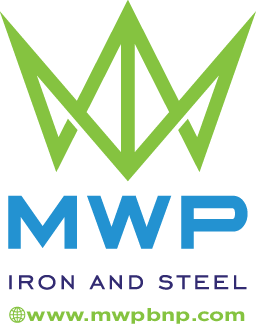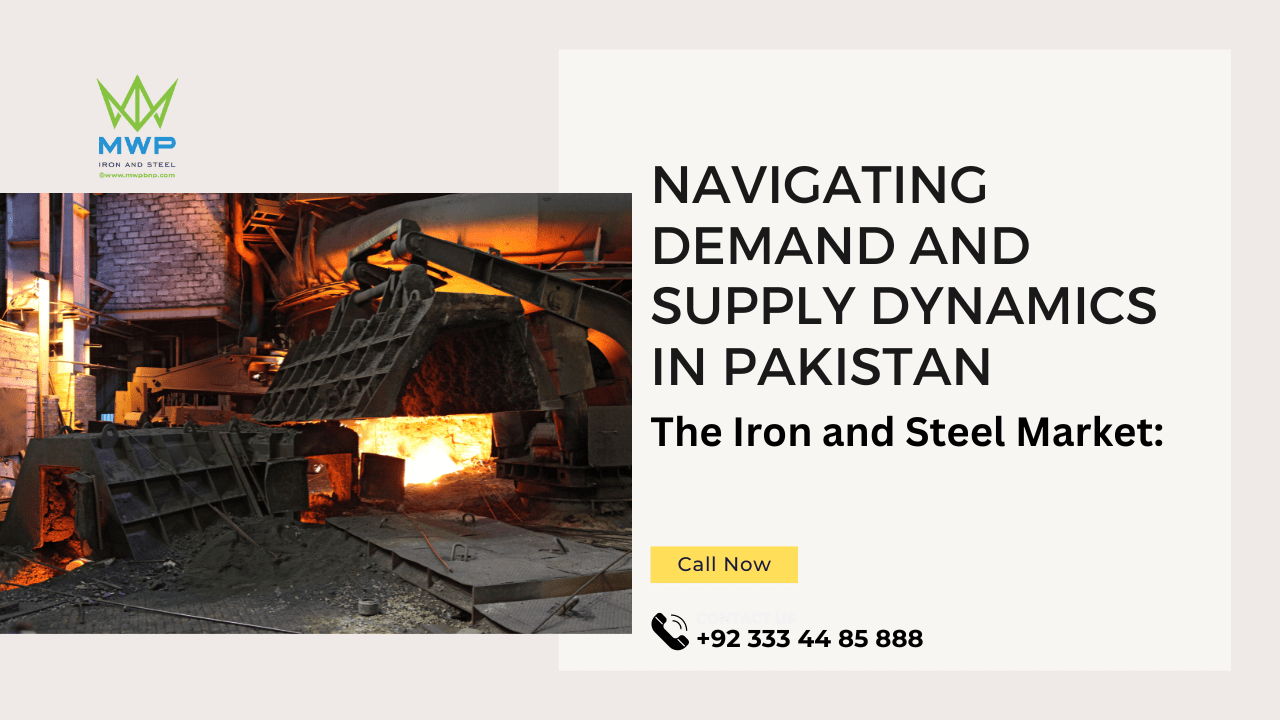The Iron and Steel Market:
Iron and Steel Market: The global iron and steel industry is a massive and dynamic force, with an annual production exceeding 1.8 billion tons and contributing significantly to the global economy. Driven by the construction industry, infrastructure development, and industrialization, the market is projected to grow at a steady rate of 2.5% in the coming years. Despite this promising outlook, the industry faces numerous challenges, including resource scarcity, environmental concerns, and technological disruptions.
This article analyzes the market demand and supply dynamics of iron and steel products, specifically focusing on the Pakistani market. By employing data and insights from industry reports, statistics, and news articles, we aim to provide a comprehensive understanding of the opportunities and challenges facing the industry in Pakistan.
Market Demand Analysis
The demand for iron and steel products in Pakistan is primarily driven by the booming construction sector, accounting for over 60% of total consumption. Additionally, the government’s focus on infrastructure development, particularly in the transportation and energy sectors, further propels the demand for steel. The growing industrialization and the rising consumer spending are also contributing factors.
Within the Pakistani market, the demand for long products such as bars and rods dominates, followed by flat products like sheets and plates. This trend is expected to continue, driven by the construction sector’s dominance. Regional variations are evident, with larger cities like Karachi and Lahore experiencing higher demand compared to rural areas.
However, the current demand is not without its challenges. The transition towards net-zero steel production presents an opportunity for suppliers to differentiate their products and address environmental concerns. However, it also requires substantial investments and technological advancements. Additionally, meeting customer satisfaction through consistent quality, timely deliveries, and competitive prices remains a crucial challenge for suppliers in the Pakistani market.
Market Supply Analysis
The supply of iron and steel products in Pakistan is primarily dependent on domestic production and imports. While the country possesses significant iron ore reserves, the steel production capacity remains limited. The largest producer, Pakistan Steel Mills, is currently facing operational challenges and privatization efforts are underway. This has increased reliance on imports, leaving the market susceptible to fluctuations in global prices and trade policies.
Despite these constraints, the Pakistani steel sector has witnessed positive developments. The private sector has emerged as a key player, investing in re-rolling mills and production facilities. This has led to an increase in production capacity and diversification of product offerings. Additionally, the government’s policy initiatives, such as the reduction in import duties on raw materials, are aiming to stimulate local production.
However, several challenges continue to impede the optimization of the market supply. Strengthening the raw-material supply chain by exploring alternative sources and promoting local mining is crucial. Additionally, investments in capital expenditures and technological advancements are necessary to improve production efficiency and reduce costs. Finally, adapting to the evolving market landscape through product innovation and digitalization will be critical for long-term success.
Conclusion
The Pakistani iron and steel market holds immense potential, driven by strong demand and government support. However, navigating the dynamic market dynamics and overcoming the existing challenges is essential for sustained growth.
For iron and steel suppliers like MWP Business & Presentation, the following recommendations are crucial:
- Focus on product differentiation and innovation: Invest in research and development to cater to the evolving needs of the market and explore opportunities in net-zero steel production.
- Optimize production processes: Implement lean manufacturing techniques, automate processes where possible, and utilize technology to improve efficiency and reduce costs.
- Strengthen the raw-material supply chain: Explore alternative sources, build strategic partnerships with suppliers, and consider investing in local mining ventures.
- Embrace digitalization: Implement digital tools for data analysis, customer relationship management, and online sales platforms.
- Prioritize customer satisfaction: Ensure consistent quality, timely deliveries, and competitive pricing to build customer loyalty and gain a competitive edge.
By addressing these key areas, iron and steel suppliers can unlock the significant potential of the Pakistani market and achieve sustainable success.
Limitations and Future Directions
This analysis acknowledges the limitations associated with data availability, the volatile nature of the market, and the evolving environmental and social landscape. Future research should delve deeper into these areas, aiming to:
- Improve data accuracy and accessibility: Collaborate with industry stakeholders to develop comprehensive and reliable datasets.
- Incorporate market volatility into predictive models: Develop advanced forecasting techniques to account for unexpected fluctuations in demand and supply.
- Analyze the environmental and social impacts of the industry: Evaluate the sustainability of current practices and explore alternative technologies with a lower environmental footprint.
By continuously improving the understanding of the market dynamics and anticipating future challenges, the iron and steel industry in Pakistan can continue to thrive and play a critical role in the country’s economic development.
Related Articles:

